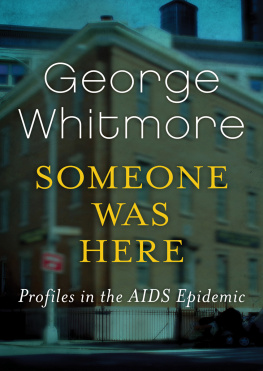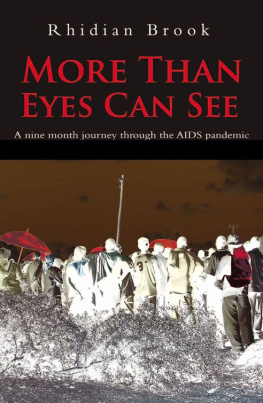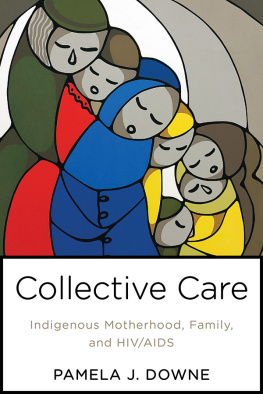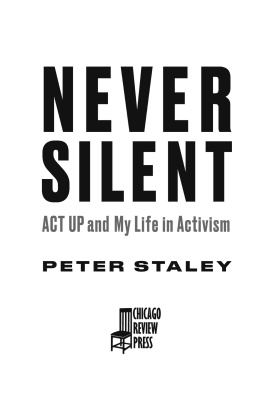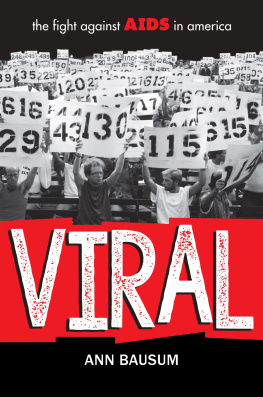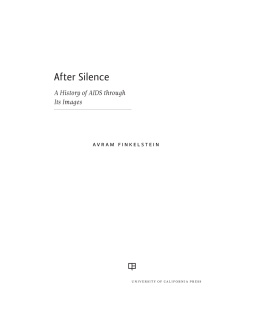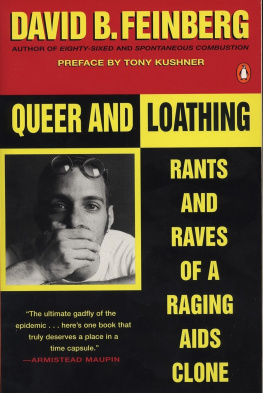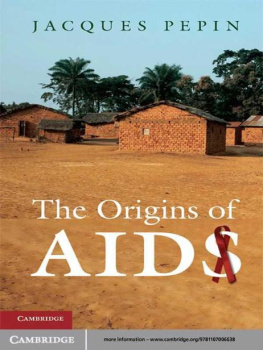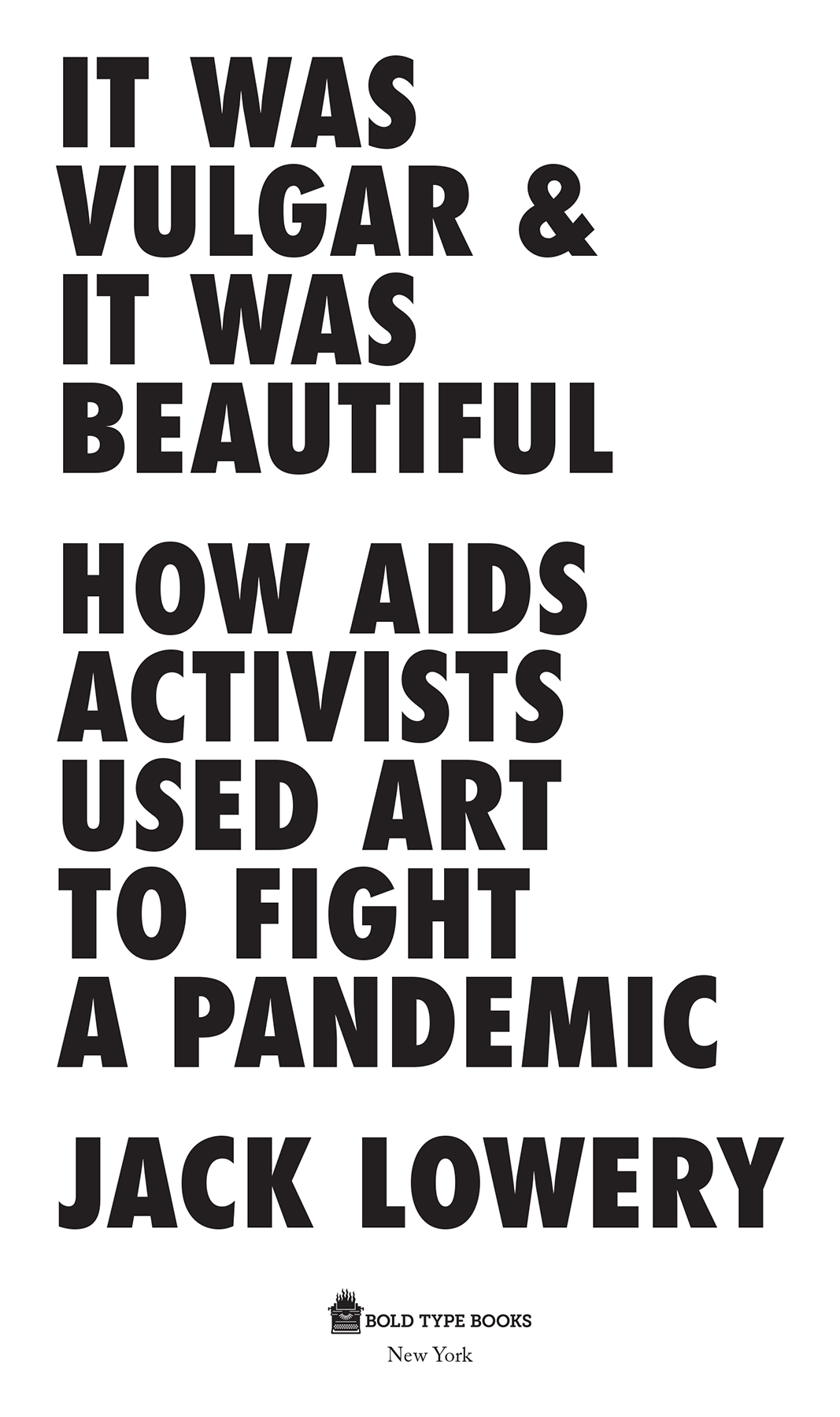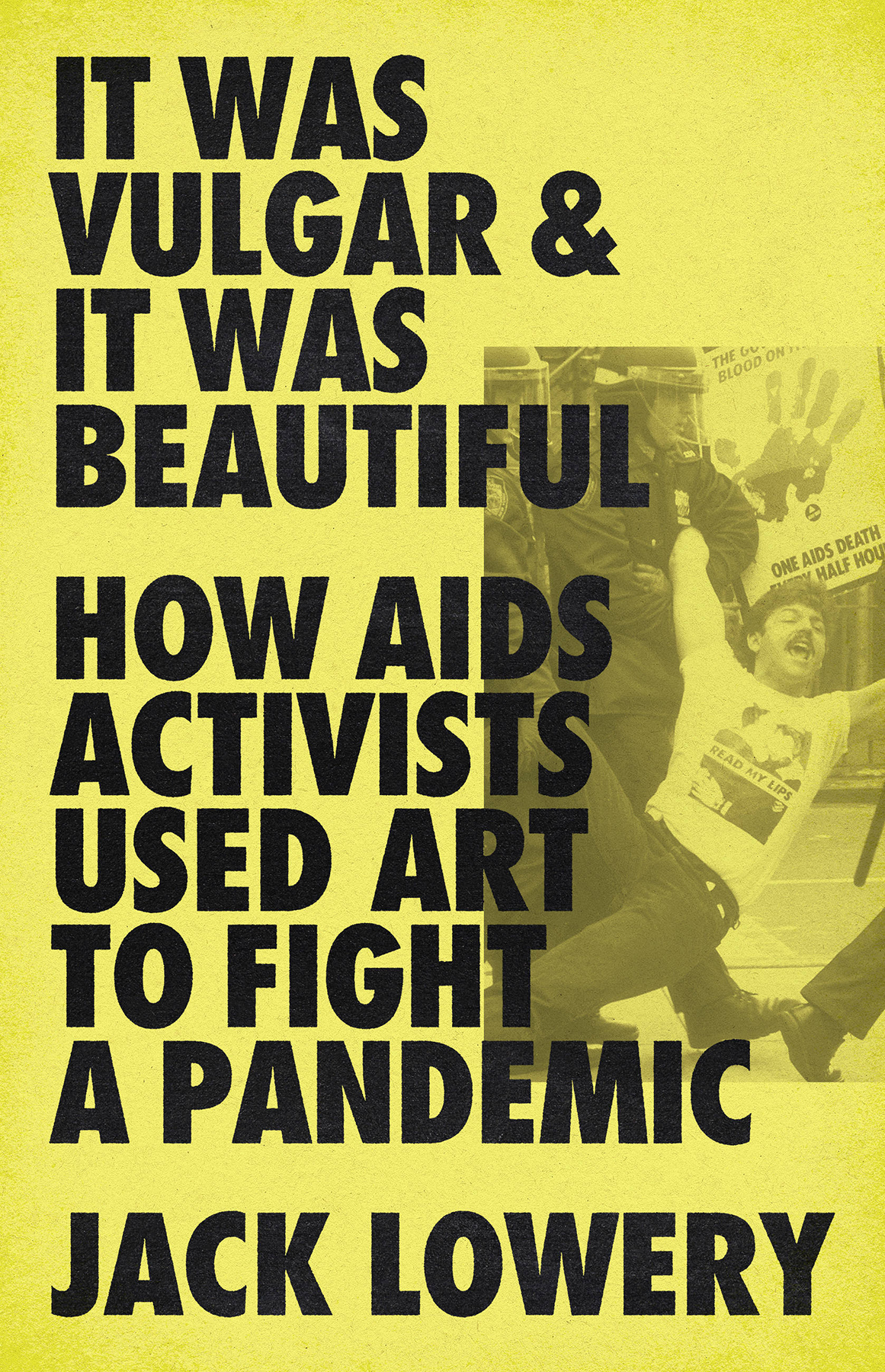
Copyright 2022 by Jack Lowery
Cover design by Pete Garceau
Cover photograph Fred W. McDarrah/Getty Images
Cover copyright 2022 Hachette Book Group, Inc.
Hachette Book Group supports the right to free expression and the value of copyright. The purpose of copyright is to encourage writers and artists to produce the creative works that enrich our culture.
The scanning, uploading, and distribution of this book without permission is a theft of the authors intellectual property. If you would like permission to use material from the book (other than for review purposes), please contact permissions@hbgusa.com. Thank you for your support of the authors rights.
Bold Type Books
116 East 16th Street, 8th Floor, New York, NY 10003
www.boldtypebooks.org
@BoldTypeBooks
First Edition: April 2022
Published by Bold Type Books, an imprint of Perseus Books, LLC, a subsidiary of Hachette Book Group, Inc. Bold Type Books is a co-publishing venture of the Type Media Center and Perseus Books.
The Hachette Speakers Bureau provides a wide range of authors for speaking events. To find out more, go to www.hachettespeakersbureau.com or call (866) 376-6591.
The publisher is not responsible for websites (or their content) that are not owned by the publisher.
Library of Congress Cataloging-in-Publication Data
Names: Lowery, Jack (Writer), author.
Title: It was vulgar and it was beautiful : how AIDS activists used art to fight a pandemic / Jack Lowery.
Description: First Edition. | New York : Bold Type Books, 2022. | Includes index.
Identifiers: LCCN 2021031572 | ISBN 9781645036586 (hardcover) | ISBN 9781645036593 (ebook)
Subjects: LCSH: AIDS (Disease). | AIDS activists. | Communication in art.
Classification: LCC RA643.75 .L69 2022 | DDC 362.19697/92dc23
LC record available at https://lccn.loc.gov/2021031572
ISBNs: 9781645036586 (hardcover), 9781645036593 (e-book)
E3-20220315-JV-NF-ORI
For Mark Simpson
THEN
Just before trading began on September 14, 1989, seven AIDS activists snuck into the New York Stock Exchange. They walked in through the Broad Street entrance, having falsified Bear Stearns badges, and filed in with the crush of brokers and traders. Underneath their two-piece suit business drag, they concealed everything needed for the mornings action: marine airhorns, two cameras loaded with high ASA film, a handwritten banner, metal chains, handcuffs without keys and wads of fake paper cash.
As those seven activists walked into the New York Stock Exchange, the AIDS crisis was entering its ninth year and showed no signs of abating. The United States would soon pass ninety thousand AIDS deaths, and without a single safer-sex initiative from the federal government, infections continued to climb. There was but one approved medication to stem the HIV virus, AZT. Though AZT sometimes provided short-term benefits, its debilitating side effects deterred many from taking it, and the drug had no long-term efficacy. There were no promising treatments on the horizon, much less a cure or a vaccine.
Inside the exchange, two of the seven peeled off and stood on the floor, readying their cameras. The other five ducked underneath a rope and climbed a staircase that led to a balcony, which overlooked the exchanges storied floor. Then they threaded their metal chains through the balconys spindles and locked themselves into place, in the hopes of delaying their inevitable arrests.
Then they lowered their banner, which read Sell Wellcome, an imperative to ditch the stocks of Burroughs Wellcome, the pharmaceutical company that manufactured AZT. At the time, AZT was the most expensive pharmaceutical ever brought to market, and it was one of Burroughs Wellcomes biggest profit makers.
Seconds before the opening bell commenced trading, they pulled out their airhorns.
That day, nobody inside the exchange heard the ringing of the opening bell. If those on the trading floor didnt immediately understand the demonstrations purpose, it soon became clear. Fake ten-, twenty- and hundred-dollar bills began raining over the floor. The back of each denomination respectively read,
White Heterosexual Men Cant Get AIDS
DONT BANK ON IT.
WHY ARE WE HERE?
Because your malignant neglect KILLS.
FUCK YOUR PROFITEERING.
People are dying while you play business.
The front of each bill was unaltered, save for the treasury signature, which had been replaced with a cursive script logo, that of the artist collective Gran Fury.
Producing images, branding and rhetoric, Gran Furys ten members described themselves as a band of individuals united in anger and dedicated to exploiting the power of art to end the AIDS crisis. It was a collective born out of ACT UP (the AIDS Coalition to Unleash Power), a grassroots group dedicated to ending AIDS, which had begun in New York City before blossoming into a worldwide movement with almost 150 chapters.
This demonstration at the New York Stock Exchange epitomizes how Gran Fury was integral to ACT UPs efforts. Though ACT UP identified the pharmaceutical company Burroughs Wellcome as a target, and organized the demonstration itself, Gran Fury supplied much of the actions messaging, and ACT UPs successes often relied upon the sloganeering of Gran Furys posters, stickers, T-shirts, pins and billboards. The stock exchange demonstration also shows the effectiveness of these combined efforts. Just days later, Burroughs Wellcome reduced AZTs price by 20 percent.
ACT UP is perhaps the most well-branded protest movement ever, and thats largely due to Gran Fury, whose members often thought about their work in relation to the field of advertising. To aid ACT UPs efforts, Gran Fury employed marketing concepts traditionally reserved for selling products, but to much different ends. Gran Furys bloody handprint graphic, for example, branded one of ACT UPs most successful demonstrations, Seize Control of the FDA, which demanded the FDA overhaul its approval process for HIV and AIDS medications. Through posters and T-shirts worn by ACT UPs members, Gran Furys bloody handprint became ubiquitous that day, and through the days press coverage, millions of people ultimately saw it.
Though Gran Fury was rarely credited in these sorts of photo ops, the collectives work constantly appeared in news coverage of the crisis and became a conduit by which ideas germinating in ACT UP permeated the world. Ideas that many of us now take for granted, like nationalized healthcare being a human right, were popularized through the work of Gran Fury before assuming a more widespread acceptance.
Initially, Gran Fury relied upon the press, and particularly photojournalists, to disseminate their work to a wider audience, as they did with the bloody handprint at the FDA action. But after their initial successes, Gran Fury began to place their work in spaces reserved for more traditional advertisements: billboards at Manhattans busiest intersections, advertisements in New York City subways, buses in Americas major cities, television commercials and magazines. During its years-long campaign lobbying the Centers for Disease Control and Prevention (CDC) to recognize HIV in women, ACT UP even purchased a full-page ad in the New York Times , proclaiming one of Gran Furys best-known slogans: Women dont get AIDS, they just die from it .
Advertising was a visual language that Gran Fury could easily mimic, as several of its members worked in advertising or as art directors. Kissing Doesnt Kill , one of Gran Furys signature projects, is perhaps the best example of this, as it was frequently mistaken for an actual Benetton advertisement, the clothing company whose work Gran Fury had purposefully copied.



